Bee Venom

Bee stings can be dangerous -- and hurt! But doctors in Asia have used the venom from those stings as medicine for centuries. Researchers say it has a molecule that may block proteins that make joints achy and stiff. It hasn't been proven in humans, though, so beware of clinics that offer bee venom therapy.
Gin-Soaked Raisins
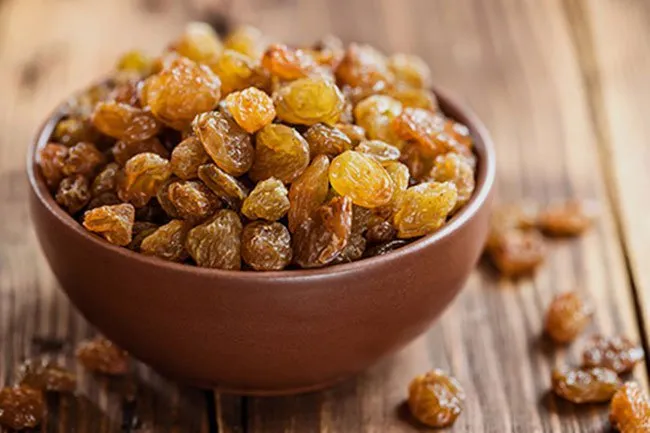
There's little reason to believe this curious combination of hard liquor and dried fruit offers potent pain therapy. A glass of red wine would give you the same inflammation-fighting compounds from the skin and seeds of grapes and also help you relax. A couple of ibuprofen might be an even better idea.
WD-40

Although it can hush a squeaky door hinge, the makers of the spray oil say there's no reason to think their handy product is good for RA or any other medical condition. Not only is putting the stuff on your creaky knees messy and a waste of money, it's made from the same raw material as kerosene. Applying it on your body could make you sick.
Apple Cider Vinegar

You may have heard this honey-colored liquid can cure everything from hiccups to dandruff. Although it will work on a jelly fish sting, there's no evidence this kitchen essential will save your joints. If you want to drink it anyway, don't chug a lot, and do water it down first. It's a mild acid and can burn your mouth and throat.
Cabbage Poultice
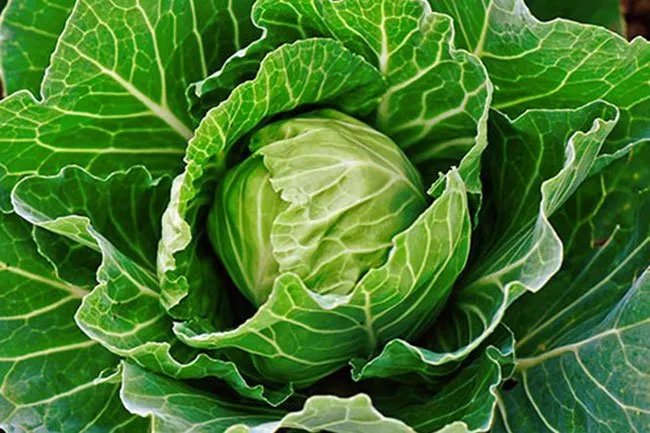
Save your cabbage for cole slaw. Some people with RA bruise cabbage leaves, then use cloth or plastic wrap to hold the limp greens on affected joints. There's no research on what helpful chemicals are in the juice, if your skin can absorb them, or that you'd get enough if you could. Warm or cold, a joint-hugging "bean bag" or gel pack will probably bring you more relief -- without the smell.
Copper Bracelets

An old belief that low levels of copper in the blood cause RA and similar diseases has helped make these shiny bangles popular for pain relief. You may love the look, but don't count on it to feel better. For the people with RA in a 2013 study, wearing them didn't improve their pain or reduce the amount of medicine they needed to keep it in check.
Magnets
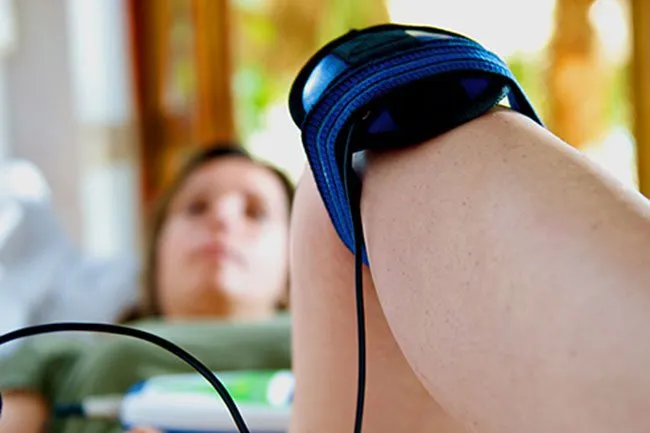
The same force that keeps postcards and photos stuck to the fridge supposedly prevents and relieves pain, too. Call it an attractive theory, but magnet patches and bands probably don't work. The same study that debunked copper bracelets also tested bracelets with magnets -- with the same disappointing results.
Gelatin
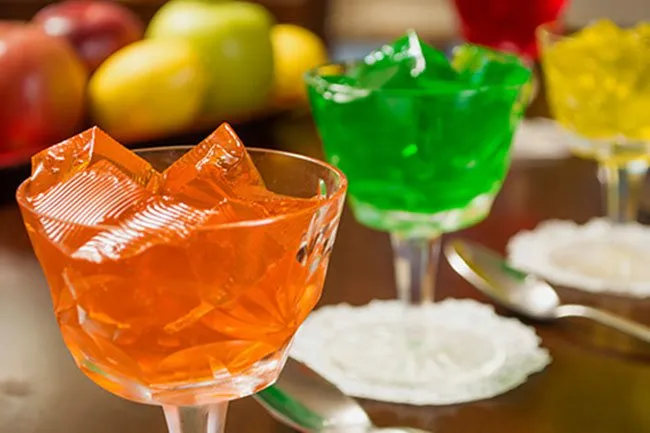
The powder used to make jiggly desserts probably won't make your joints stronger, despite what some people think. This odd belief may come from the fact that gelatin is made by boiling leftover animal bones, cartilage, and other body parts. Slurp away (preferably the sugar-free variety) if you're a fan, but don't expect to make your joints healthier.
Turmeric
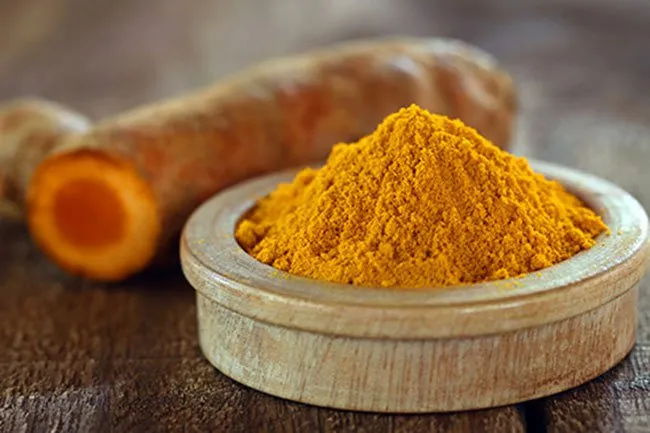
This spice, used in Indian cooking, has chemicals that block joint-damaging proteins. A few small studies of people with RA have found that pills with high doses of the key compounds in turmeric were just as effective as common pain relievers. But that doesn't mean a dinner of curry, or pretzels with yellow mustard, will calm your RA symptoms. These dishes have too little turmeric to make a noticeable difference.
Ginger
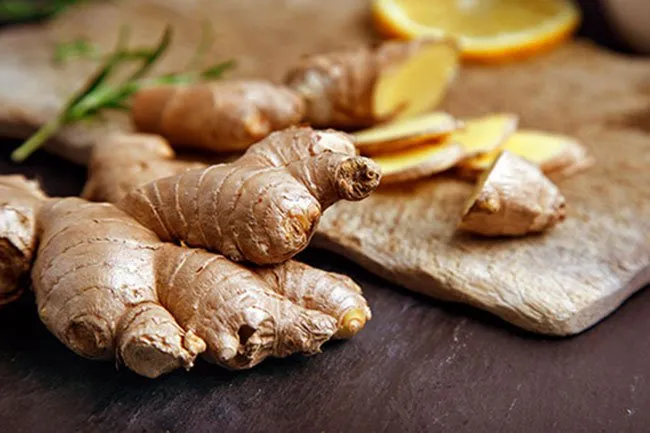
In the lab, compounds from this zingy root can shut down parts of the inflammation process and bring down the swelling from arthritis -- in test tubes and rats. In the real world, cooking with fresh or dried ginger can liven up your meals. There's little evidence that it would limber up your stiff, aching joints.
Rheumatoid Arthritis: RA Home Remedies That Don't Work
This tool does not provide medical advice. See additional information: 
© 1996-2024 WebMD, LLC. All rights reserved.
